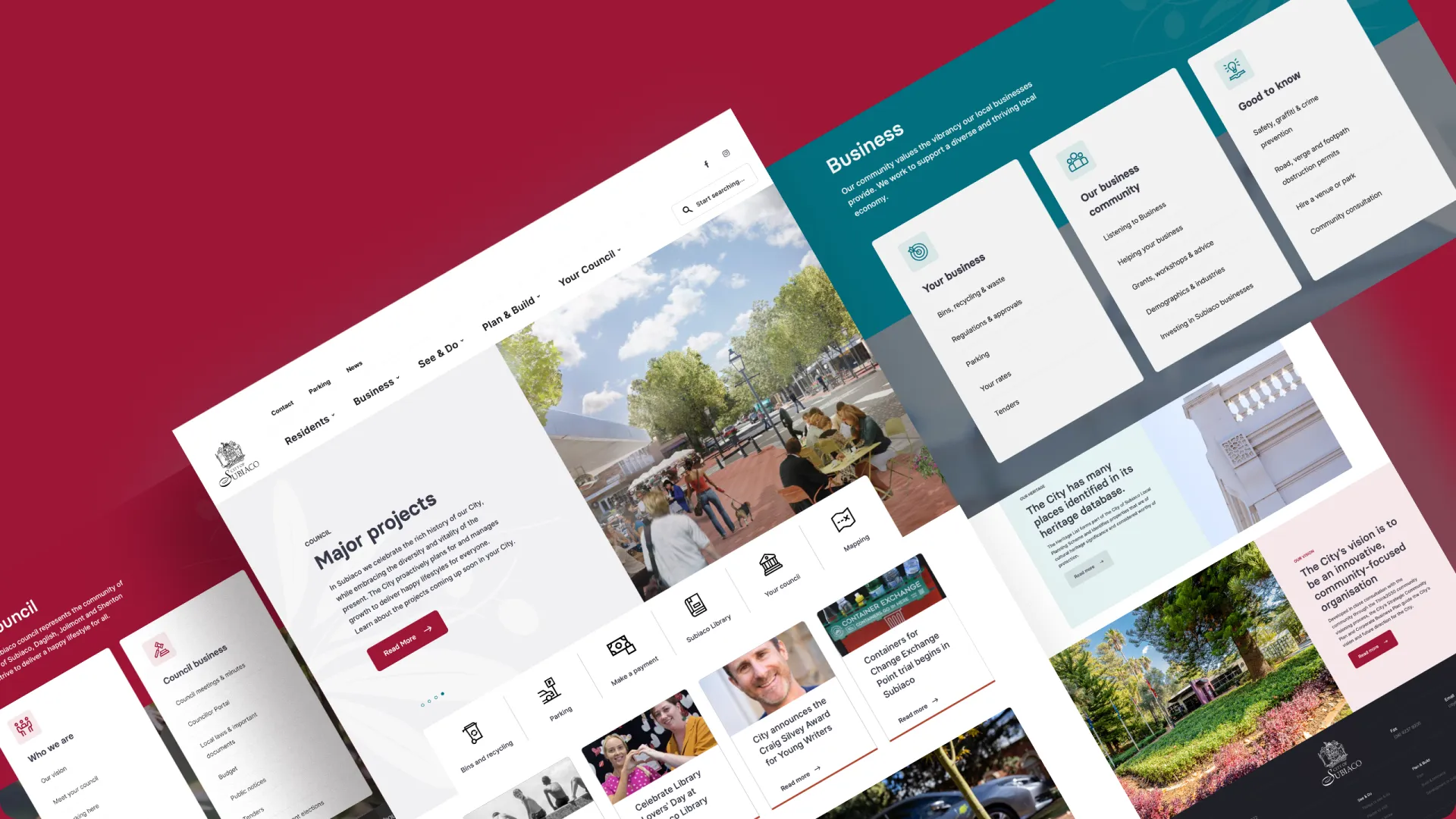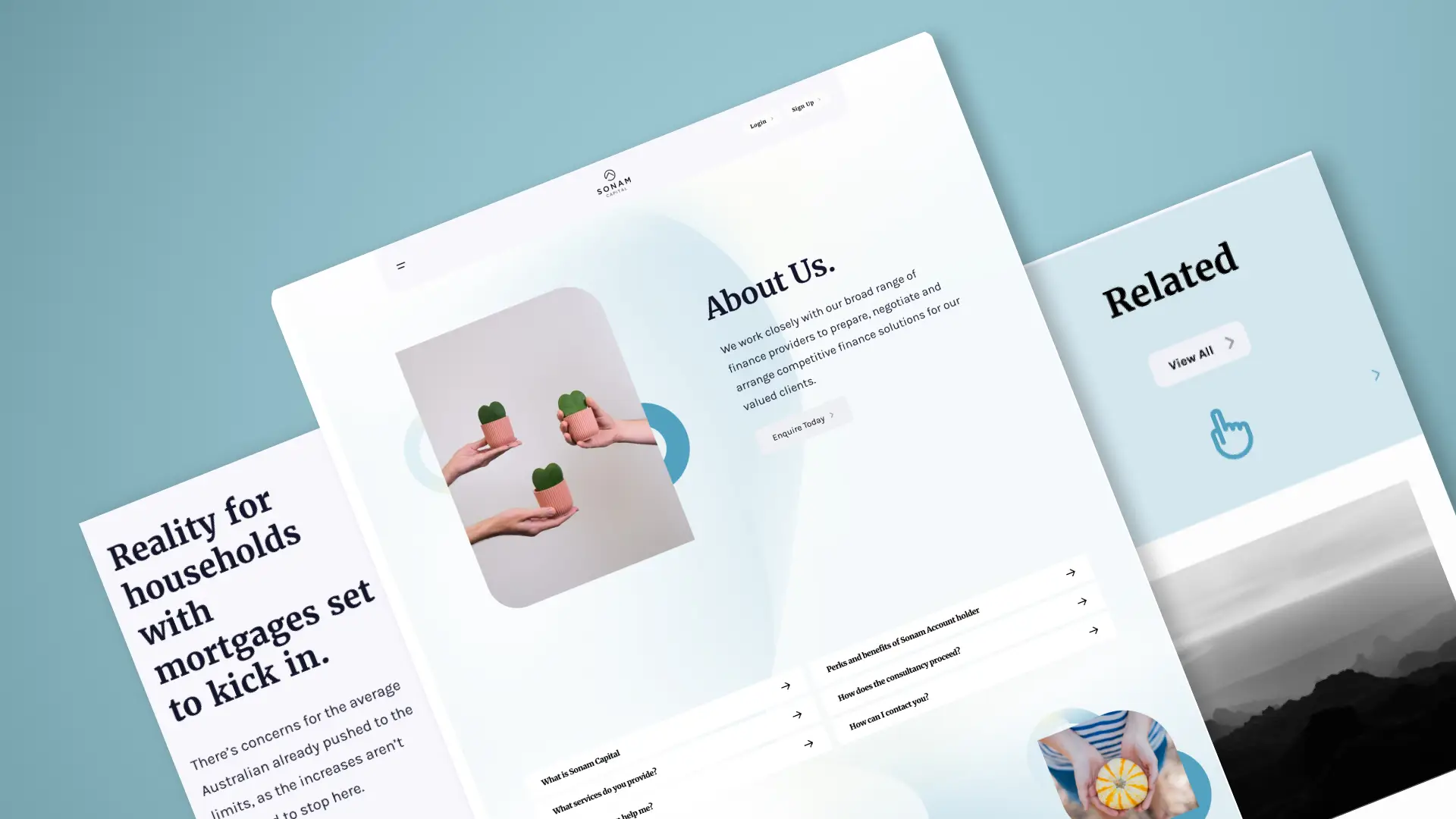
Defining Usability
The meaning of usability refers to how easy something is to use, including how effective and efficient it is. User experience, on the other hand, is a broader concept that includes emotions, perceptions, preferences, and user responses regarding product interactions.
A design with optimal usability guides users through the most accessible, least labour-intensive route. To achieve this, you must deeply understand your users. The ISO standard defines usability as "the extent to which specified users can use a product to achieve specified goals with effectiveness, efficiency, and satisfaction within a specified context of use.”
Lastly, usability is not only about whether users can perform tasks efficiently but also about user satisfaction.

To define usability, it should be acknowledged that is it an often misunderstood term.
Although it is generally confused with UX user experience, usability is underneath the overall 'umbrella' of user experience and refers to ease of use instead. It is about ensuring designs are efficient, engaging, easy to learn and tolerant of errors.
Without usability, you cannot provide an excellent user experience, but it is not the only focus of user experience. Core to usability is user testing, as it requires evaluating what users do and how they feel throughout the user journey.
Essentially, evaluating how easy or difficult a user finds completing a task involves assessing how a user interacts with the user interface, such as completing a purchase or subscribing to a newsletter. These tests can be both qualitative and quantitative. Once the usability test is complete, the UX team analyses the results and returns to the drawing board to make any necessary changes to wireframes or prototypes. This helps to correct any usability errors based on user behaviour and interactions.
"Usability impacts everyone, every day. It cuts across cultures, age, gender, and economic class."
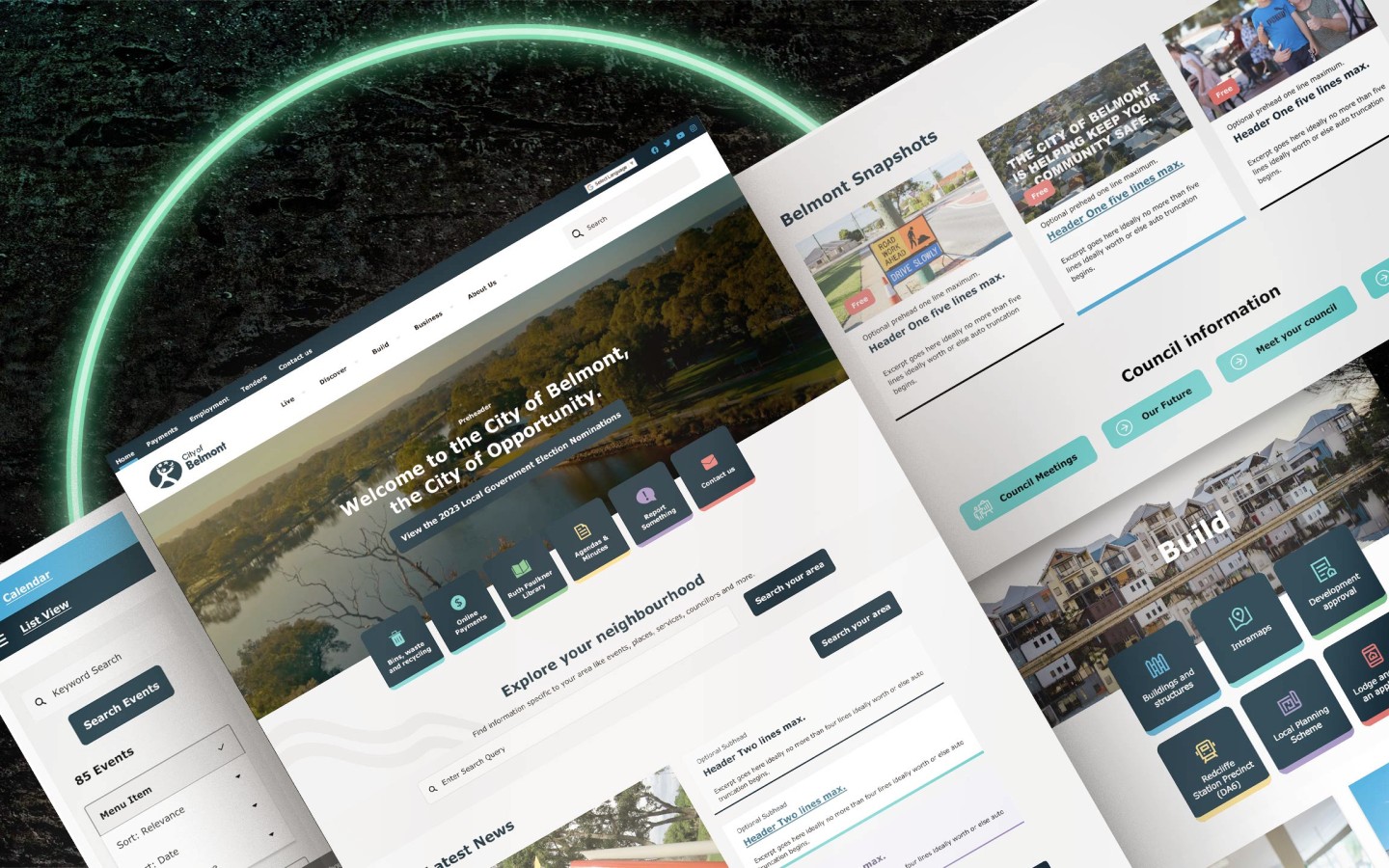
Goals of Usability
Key usability goals are crucial to creating seamless and enjoyable online experiences for users. Achieving these usability goals contributes to an enjoyable, seamless online experience through:
Reducing friction
Building trust
Enhancing engagement
Efficiency: Efficiency in usability refers to how quickly and accurately users can accomplish their tasks on a website or application (reducing the steps needed to complete an action, minimising time required to perform tasks and optimising workflows).
Learnability: Learnability focuses on how easily users can understand and become proficient in using a system, especially for first-time users. Features include clear instructions, intuitive design elements, and helpful onboarding processes that guide users through system functionality.
Memorability: Memorability refers to how well users can remember how to use a system after a period between sessions. A memorable interface incorporates consistent design patterns, familiar navigation structures, and unforgettable visual cues that help prompt user recall.
Error Prevention: Error prevention aims to minimise user errors and mitigate the negative impact of mistakes when they occur. This involves designing clear and descriptive error messages, implementing validation checks to prevent invalid inputs, and providing feedback that helps users correct their actions.
User Satisfaction: User satisfaction is a holistic measure of how pleased users are with their overall experience using a system. It includes ease of use, efficiency, helpfulness, aesthetics, and emotional engagement.
Achieving these usability goals contributes to creating seamless and enjoyable online experiences by:
Reducing Friction: By improving efficiency, learnability, and memorability, users encounter fewer obstacles and friction points when interacting with a system, leading to smoother and more enjoyable experiences.
Building Trust: Error prevention and precise feedback mechanisms build trust between users and the system, as users feel confident that their actions are validated and errors are handled gracefully.
Enhancing Engagement: User satisfaction leads to increased engagement and loyalty, as satisfied users are more likely to return to the system, explore its features, and actively participate in its offerings.
Overall, focusing on these usability goals is essential for designing user-centred interfaces and creating online experiences that are intuitive, efficient, memorable, error-free, and satisfying for users.




Usability in Website Design
Website usability is crucial for creating accessible and exciting website designs. Usability tests evaluate website usability by observing how users interact with the website's features. A website's usability can impact overall user experience (UX) and success.
Web usability design principles encompass everything from simple graphics to UX and are necessary for robust website usability. A website with high usability leads to higher user satisfaction, engagement, conversion rates, and competitive advantage. Ensuring website designs are easy to use, intuitive, and engaging is critical.
Benefits of Usability in Web Design
User Engagement
Usability is a crucial aspect of a website and is strongly connected to user engagement. A website that is hard to use or has a confusing navigation system can be unappealing and lead users to leave the site. In contrast, an easy-to-use, easily navigable will encourage users to explore more and encourage repeat visits.
Conversions
Usability significantly impacts conversions, whether purchasing, filling out a form, or signing up for a newsletter. If users can easily accomplish what they came to do on a site, they are much more likely to take that next step and convert.
SEO
Usability is also essential for this reason: Google - and other search engines - consider a site's usability when ranking it in search results. Well-designed, easy-to-use sites are more likely to rank higher and get more traffic from searches.
Improved User Experience
It is imperative to design a user-friendly website to enhance the user experience. This can result in an extended period spent by the user on the website, a decrease in bounce rates, and an increase in conversion rates. By providing a positive user experience, companies can encourage users to interact with the website and potentially convert them into loyal customers.
Software Usability
UX design includes software usability, which ensures easy navigation for users on websites and products. The primary goal of software usability is to make the product or application easy to use, efficient, and effective. It involves designing an easily understood user interface, providing clear and concise instructions, and offering users an intuitive navigation system. Software usability is about more than just making everything easy.
It also involves creating an efficient, effective product that satisfies the users' needs. For example, an easily navigable website that takes less time to load pages may not be considered usable. Similarly, a product that is efficient but needs more essential features may fail to meet the users' end goals.
Software usability concerns a product's or web application's functionality. It is about evaluating whether a product meets users' end goals and provides them with high satisfaction. It involves conducting user testing, collecting feedback, and improving based on the results. Ultimately, software usability is crucial in enhancing the overall user experience and ensuring users can achieve their goals when using a product or web application. Usability testing and user feedback both play vital roles in refining software interfaces.
Web Usability in a Digital Age
Web usability constantly evolves in the digital age, with factors like mobile responsiveness, accessibility, and cross-device compatibility becoming increasingly important. Users have certain expectations when interacting with websites and applications, and meeting those expectations can lead to increased productivity and brand loyalty.
Usability testing is also evolving, with trends such as remote testing, AI and machine learning, accessibility testing, mobile-first testing, cross-platform testing, and inclusive testing. It's becoming more important to take a user-centric approach to development and prioritise usability beyond just functionality.
Adopting a user-centred approach can have benefits and obstacles, but it's crucial to consider user perceptions and interactions with online applications. The adaptability of usability principles to meet diverse user needs and preferences cannot be overstated.


Usability Requirements
Usability requirements are the standards and criteria used to measure a product or service's effectiveness in meeting its users' needs and expectations. Defining usability requirements is essential to ensuring that the final product or service is user-friendly and meets the needs of its intended users.
To define usability requirements, it is crucial to understand the users and their goals. Gathering user data using interviews, surveys, personas, and user journeys can help identify the users' needs, desires, and pain points, critical factors in defining usability requirements.
Usability attributes and metrics describe how easy and satisfying a product or service is. These attributes include efficiency, learnability, memorability, errors, and satisfaction. For each attribute, designers should define the metrics used to measure it, which can be quantitative or qualitative. Quantitative metrics include completion, task times, and error rates, while qualitative metrics include user satisfaction surveys and feedback.
It is crucial to approach usability testing iteratively to enhance the user experience continually. This means testing the product or service with users throughout the design process and making changes based on their feedback. By doing so, designers can ensure that the final product or service is not only user-friendly but also meets the needs and expectations of its intended users.

The Takeaway
In today's digital era, usability has become increasingly significant in shaping good online experiences that effectively cater to users' needs. Whether it's software interfaces, mobile apps, or websites, prioritising usability is paramount to foster positive user interactions and build lasting connections with online audiences. A user-friendly and intuitive interface can significantly improve users' overall experience, making them more likely to engage with the platform and stay loyal to it in the long run.
Usability encompasses a wide range of factors, including the ease of navigation, accessibility, responsiveness, and visual appeal of the interface. By focusing on these aspects, designers and developers can create an online environment that is aesthetically pleasing, highly functional, and user-friendly. This, in turn, can lead to increased user satisfaction, better engagement rates, and, ultimately, a more successful online presence.
Therefore, businesses and organisations must prioritise usability in their online endeavours to create a positive impression on their users and build lasting relationships with them. By doing so, they can improve their user retention rates, stay ahead of the competition, and establish themselves as leaders in their respective domains.
If you’d like to know more about usability or need help creating a more seamless user experience, we recommend getting professional advice from a user experience design agency like our team based here in Perth, WA.

Frequently Asked Questions
The five characteristics of usability include:
Efficiency: Refers to how quickly and accurately users can accomplish tasks on a website or application.
Learnability: Focuses on how easily users can understand and become proficient in using a system, especially for first-time users.
Memorability: Refers to how well users can remember how to use a system after a period between sessions.
Error Prevention: Aims to minimise user errors and mitigate the negative impact of mistakes when they occur.
User Satisfaction: Measures how pleased users are with their overall experience using a system, including ease of use, efficiency, helpfulness, aesthetics, and emotional engagement.
Usability meaning refers to the concept of how easy something is to use and includes effectiveness and efficiency. To define usability, this involves explaining how usable designs are efficient, engaging, easy to learn, and tolerant of errors. Specifically, in the context of user interface design, what is usability in user interface design refers to designing systems, websites, or applications that are easy to use, efficient, engaging, and tolerant of errors.
Usability is important because it directly impacts user satisfaction and overall experience. Usability ensures that systems are user-friendly, efficient, engaging, easy to learn, and tolerant of errors. This leads to happier users, increased efficiency, reduced errors, improved trust and credibility, higher conversion rates, enhanced brand reputation, and a competitive advantage in the market.
In essence, prioritising usability means defining usable interfaces that meet user needs effectively, resulting in positive user experiences and successful outcomes.

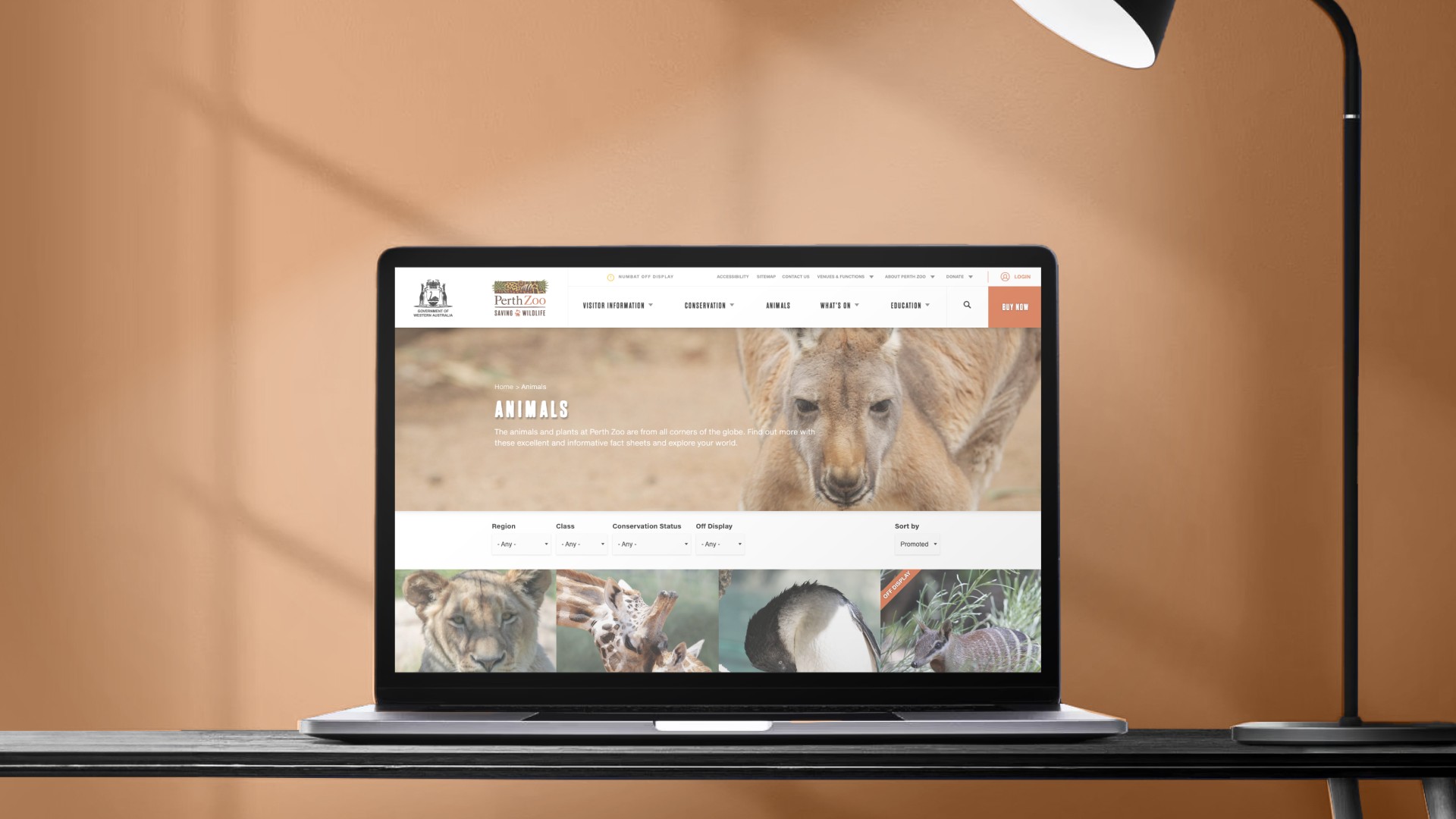

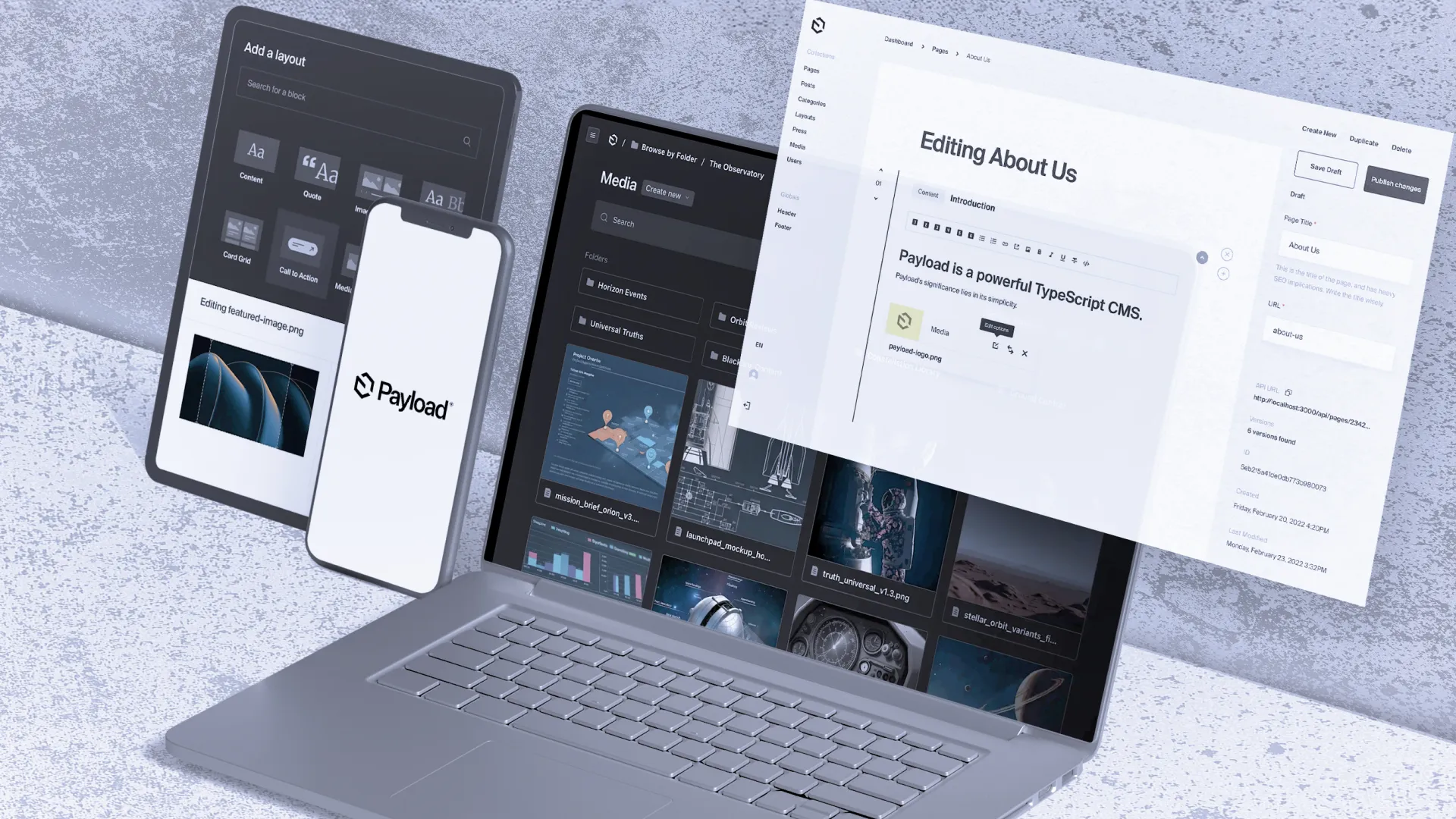

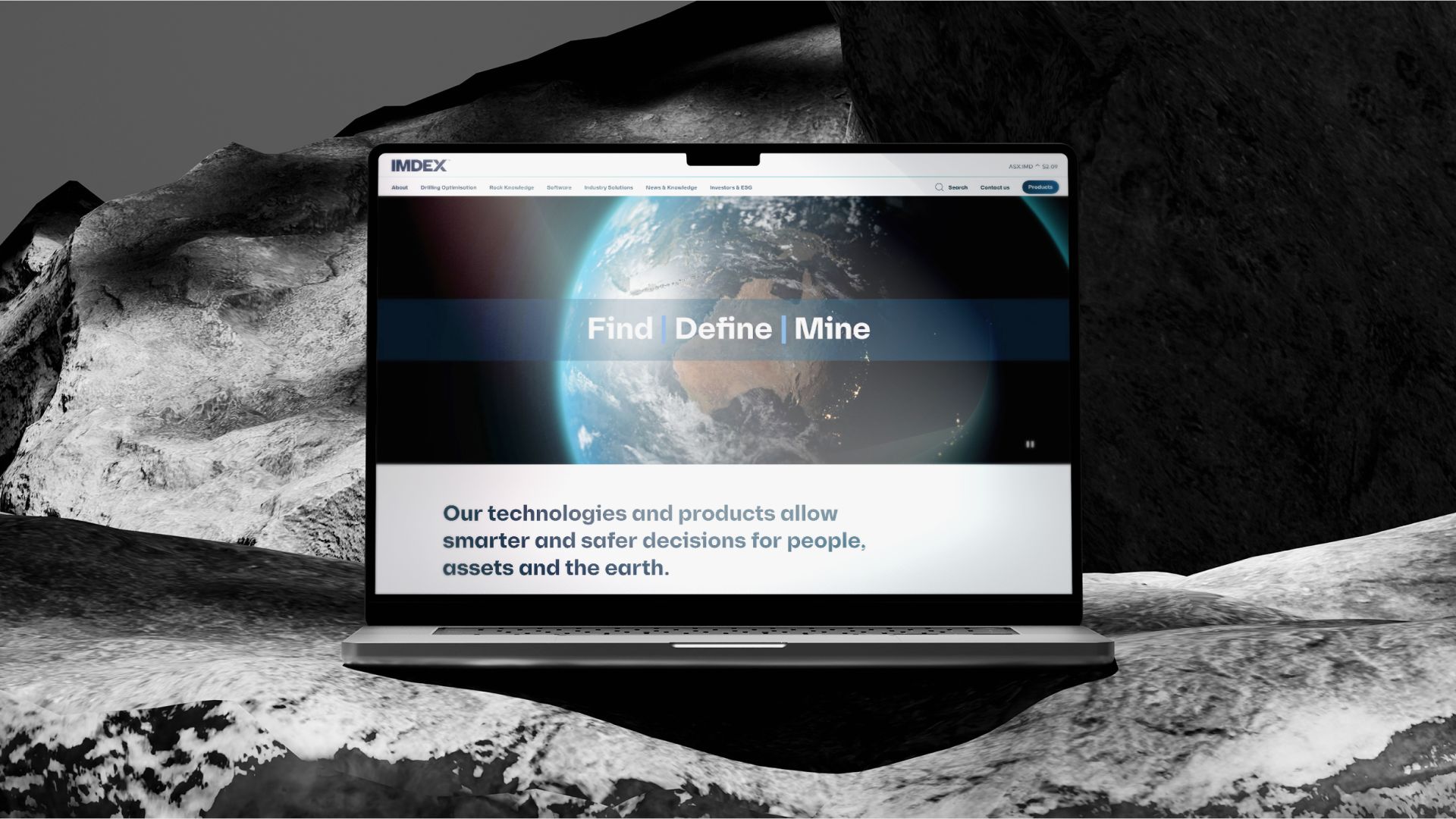
_web.webp)

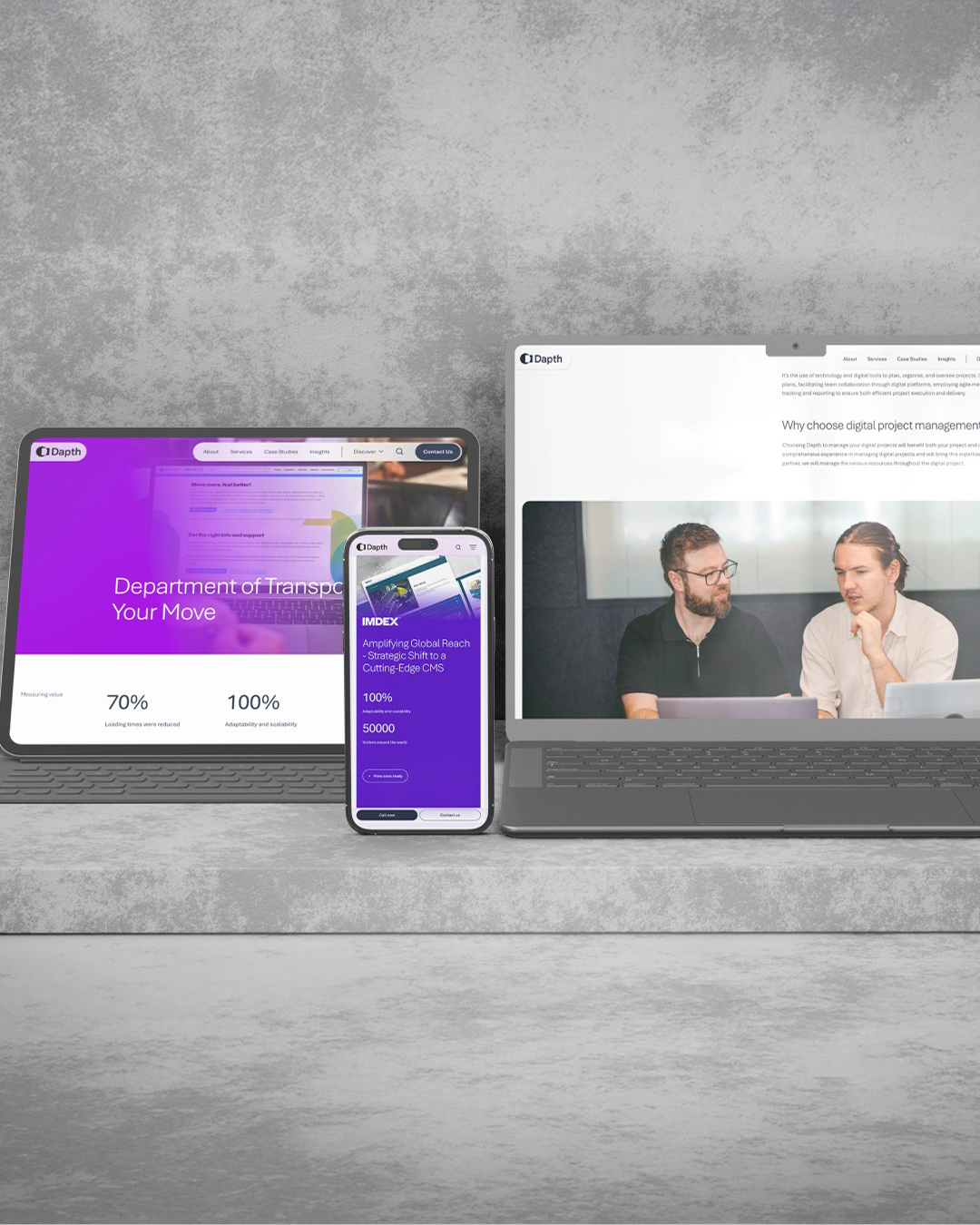



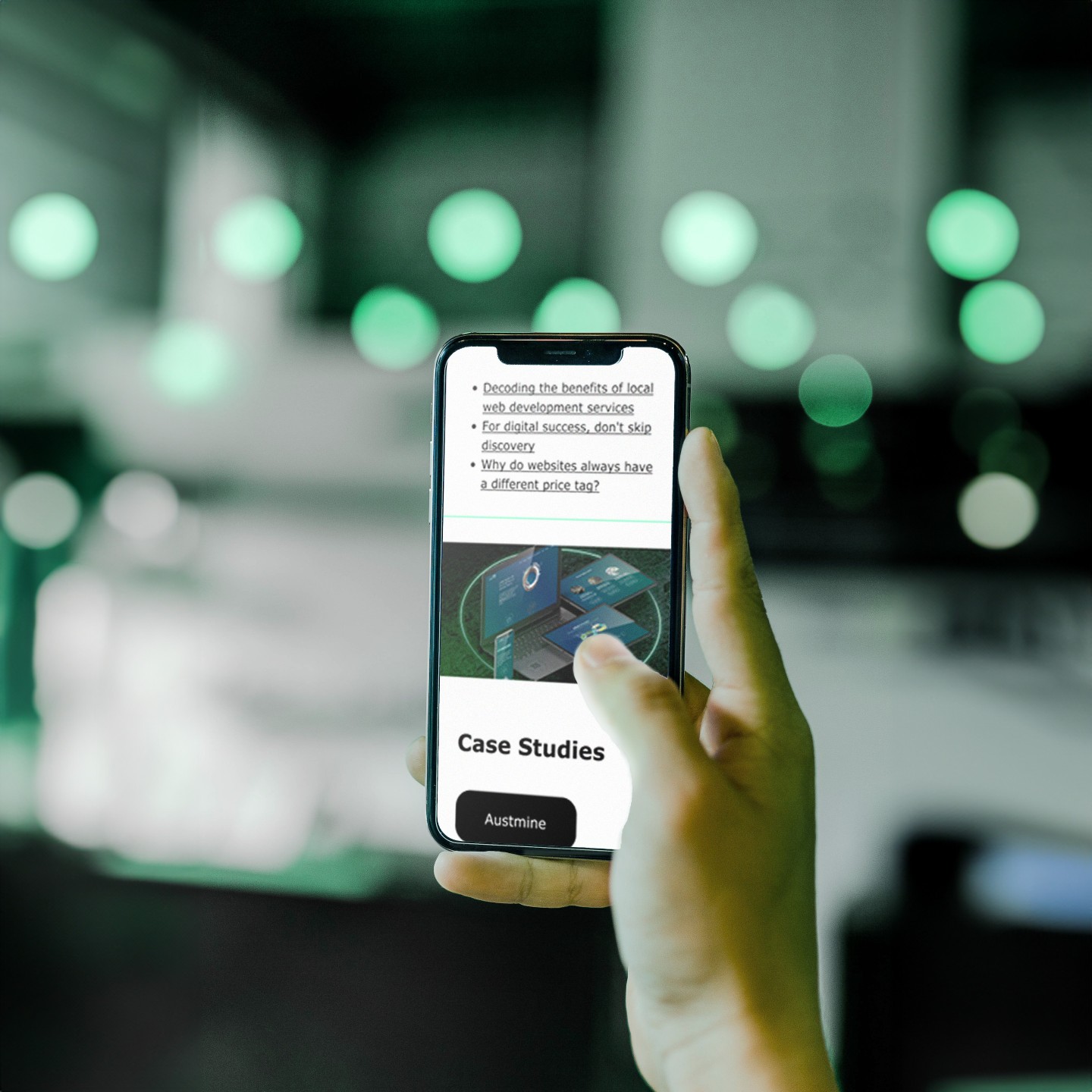

























_web.webp)
_web.webp)
_web.webp)

_web.webp)

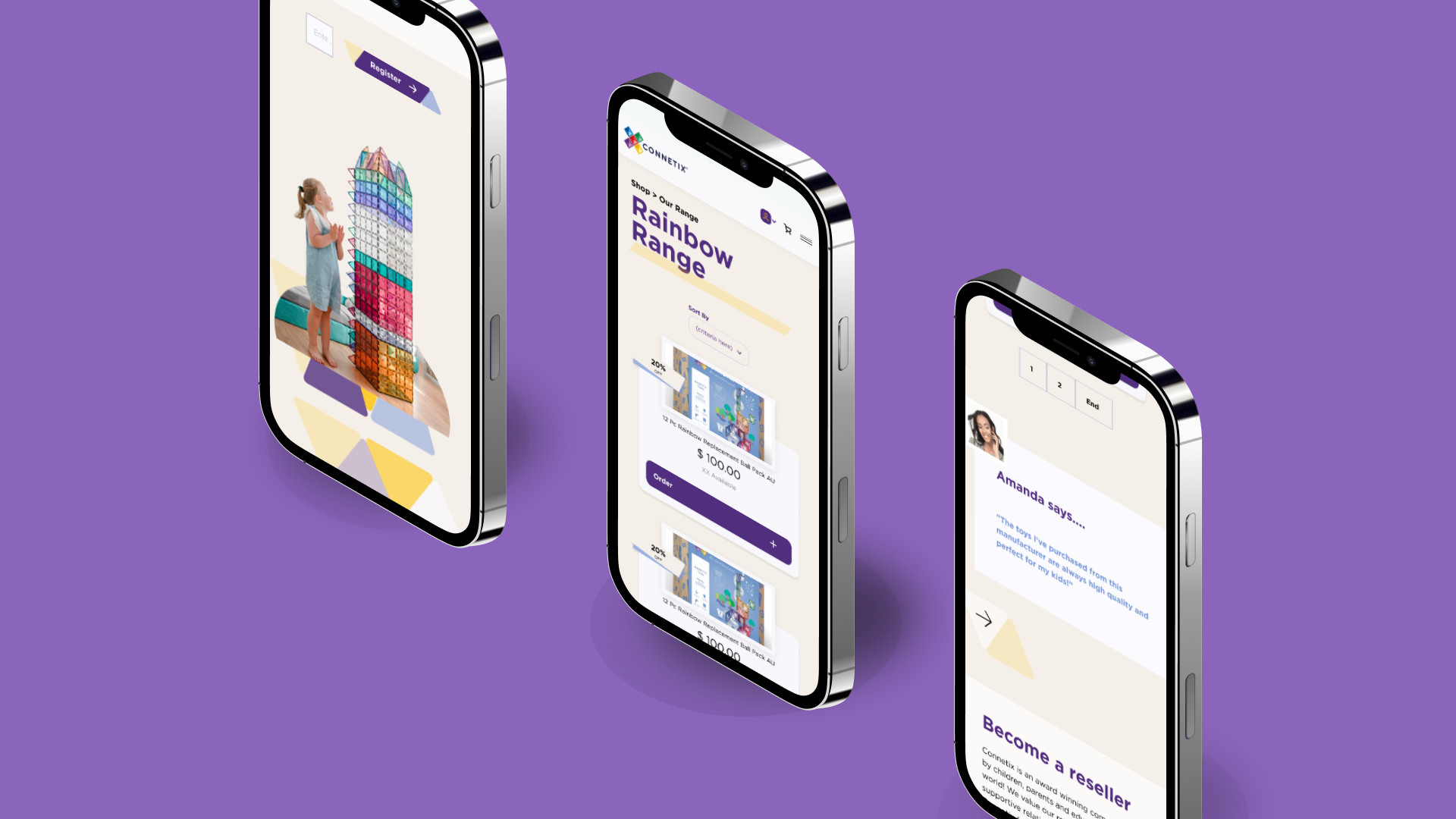

_web.webp)










